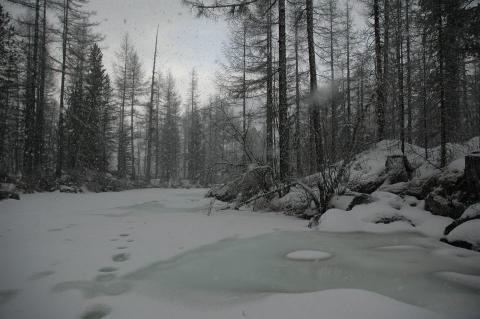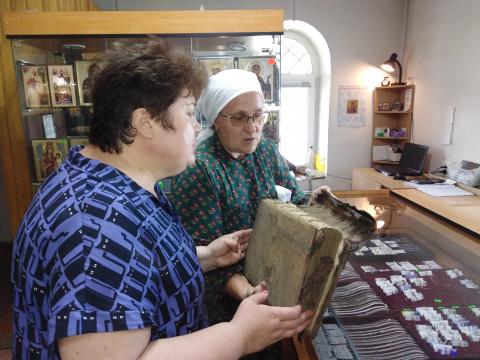Aims and objectives
The objective is to archive, digitise, and distribute a collection of approximately two thousand late 19th and early 20th century glass-plate negatives depicting indigenous peoples of the Siberian Arctic and Subarctic. This project builds upon previous pilot work in the region, and benefits from parallel funding from other international research foundations and councils.
The collections document the lives of several non-European nations at a date before their lives were transformed by Soviet collectivization. These early images are becoming increasingly important for Siberian indigenous peoples as they revitalise their cultures and defend their land rights in the face of post-Soviet oil development. The images also represent one of the best international collections representing circumpolar hunting peoples and are of great value to the international scholarly community.
The negatives are housed in several public and local collections in Southern Siberia, but primarily the Krasnoiarsk Regional Museum. The collections face an imminent threat of degradation due to the poor storage conditions in the recent past. These materials are historically important, are in a fragile state, but can now be safely stored and copied if attention is directed to them quickly.
The Krasnoiarsk Regional Museum has recently been provided with a new climate controlled store room and this project will enable local workers to move the material to the new store and for the material to be catalogued and digitised. Additional funding has also been secured from the Norwegian and Canadian Research Councils.
Outcomes
The project successfully digitised, archived and distributed 3,672 glass plate negatives. In addition, work was conducted in four regional archives (Irkutsk, Minusinsk, Yekaterinburg State Archive, Yekaterinburg Writer's Archive) and pilot work was conducted in another four (Kyzyl, Tobolsk, Yakutsk Museum, Yakutsk State Archive). Four teams of technicians were trained and the digitisation of material is continuing, using the equipment purchased for the project.
Two public access websites have been constructed, one in English and one in Russian, and a CD-ROM has been produced to be sent to indigenous communities. The glass plates have been digitised in four different file sizes – the original TIFF file, detail size (1500 pixels), reference size (600 pixels) and thumbnail size (150 pixels). Reference sized digital images of the complete collection have been distributed to each regional archive, as well as the full set of files of their own collection. A full set of the digital and microfilm images has been submitted to the British Library.
The original glass plate negatives have been re-housed in individual acid-free envelopes, in specially made boxes and in specially purchased shelving. In two archives, a rather complex procedure was initiated to allow previously unprocessed material to be properly accessed into the official registers of the archive.
The reference size digital copies of part of the collection can be found on the project website
Read online the open access article: The photographs of Baluev: capturing the “socialist transformation” of the Krasnoyarsk northern frontier, 1938-1939, published in the EAP Anniversary publication From Dust to Digital. The article can also be downloaded as a PDF (805KB).
The records copied by this project have been catalogued as:
- EAP016/1 Selection of Ethnographic Images from the Arkhiv Pisateli Urala (Archive of the Writers of the Ural) [late 19th to early 20th century]
- EAP016/2 Selection of Ethnographic Images from the Gosudarstvennyi Arkhiv Sverdlovski Oblast (State Archive of Sverdlovsk Oblast) [late 19th to early 20th century]
- EAP016/3 Selection of Ethographic Images from the Irkutskoi Okruzhnoi Kraevedcheskii Muzei (Archives of the Irkutsk Regional Museum) [1900-c1935]
- EAP016/4 Selection of Ethnographic Images from the Krasnoiarski Krai Kraevedcheskii Muzei (Archives of the Krasnoirsk Region Museum of Folklore) [early 20th century]
- EAP016/5 Selection of Ethnographic Images from the Minuskinski Kraevedcheski Muzei (Archives of the Minusinsk Regional Museum) [1902-1931]




